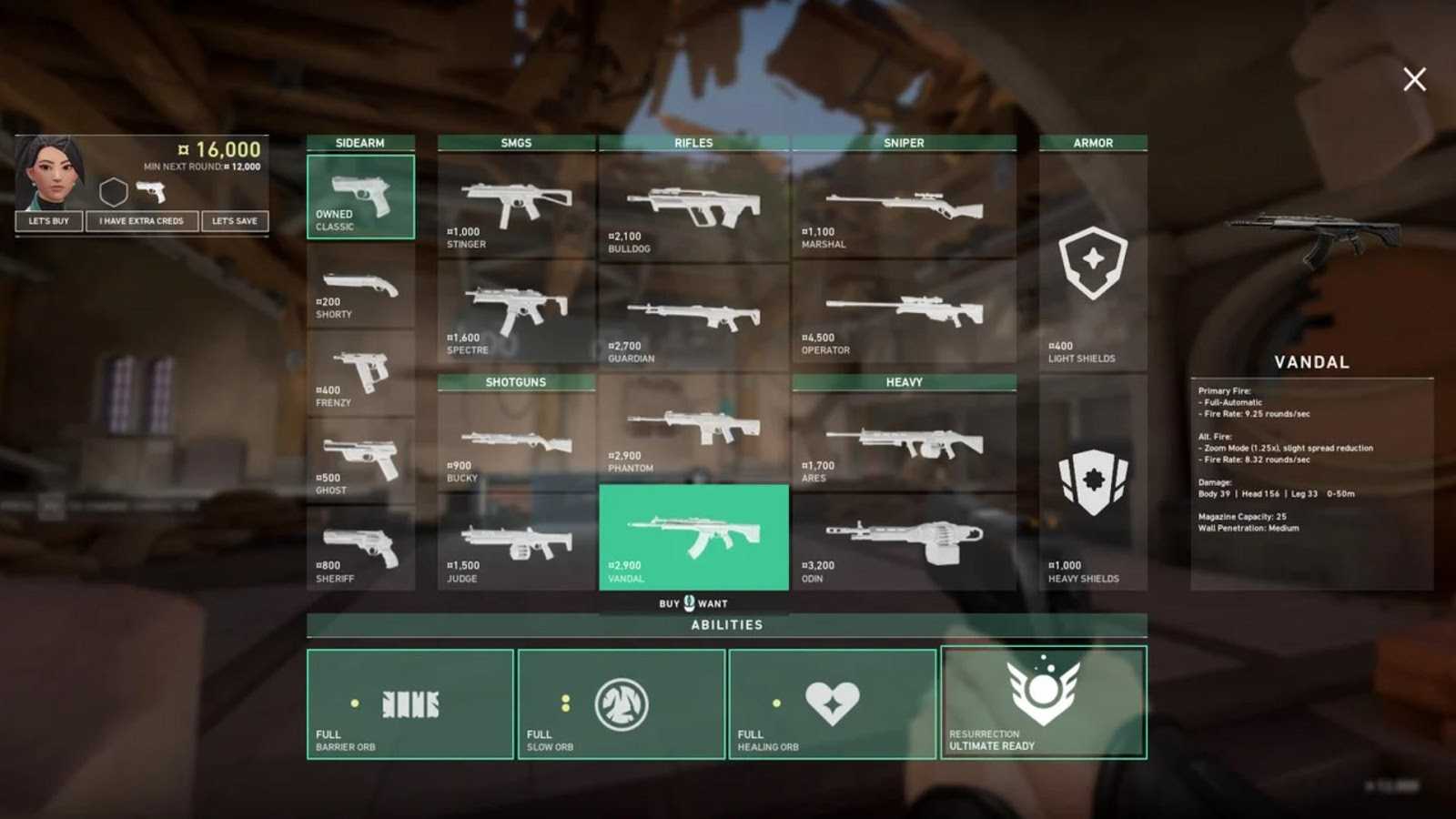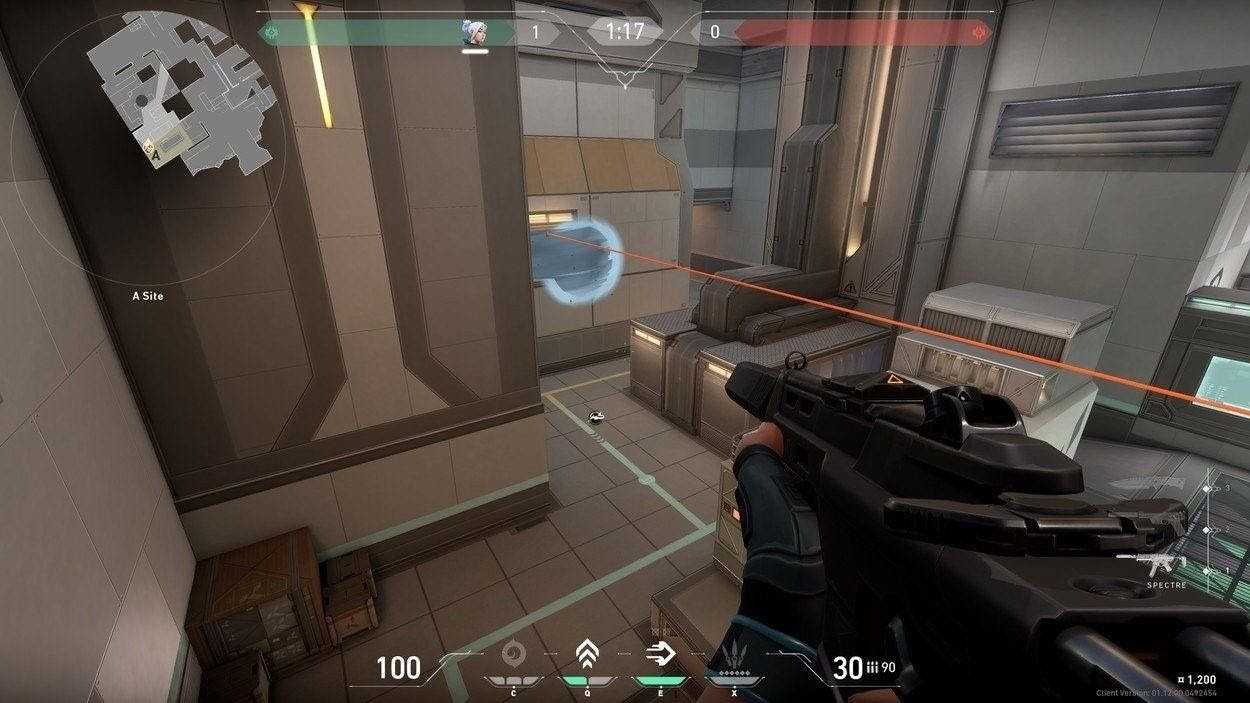How to Manage your Personal Economy in VALORANT
Properly managing your money in VALORANT is just as important as it is in real life!
Properly managing your money in VALORANT is just as important as it is in real life!
Keeping track of your own economy is an extremely important aspect of VALORANT. Knowing when to full-buy, half-buy, and completely save all of your credits are very noteworthy concepts that can determine how each game of VALORANT that you play turns out. In particular, it’s important to know how you should manage your economy on a round-by-round basis, as your own wealth can fluctuate throughout the course of a VALORANT game.
In this guide, we’ll go over everything you need to know in order to master your own economy during each and every round. Here’s everything you need to know in order to perfectly manage your personal economy in VALORANT.
Saving in VALORANT is incredibly important, as it allows you to set up for the rounds where full-buying without consequence is easily doable. However, it’s important to know exactly when it’s best to save so that those “big rounds” can come relatively easily.
Saving is the process of holding back and buying less weapons and armor than you normally would. It’s normally best to engage in saving when you have less than 4,000 credits, as you won’t be able to purchase a rifle and armor. Additionally, it’s always nice to have a bit more than 4,000 credits, as breaking the bank on a “full-buy,” only to have no money for the upcoming rounds is never ideal.

However, the term "save" also applies to another process in VALORANT. In the other usage, "saving" is the process of avoiding conflict at the end of a round that's already lost and quite literally "saving" whatever weapons and armor you might already have on you instead of having to buy again at the top of the next round.
If you're immensely low on money and your economy is weak, you might want to consider saving so that you don't have to purchase anything next round. But, if you have some money to spare, it's not the worst idea in the world to go in guns blazing when a round is seemingly "lost" in order to get a few kills on the enemy team, forcing them to use extra resources as well.
If you know your economy is hurting, but you have the opportunity to do some damage to the enemy team's as well, then by all means, try to snag an extra kill or two on your way out.
Sometimes, it’s going to be extremely tempting to fully buy your entire kit — a Rifle, full armor, and all your abilities. However, if you don’t have enough money to keep your economy afloat, don’t pull the trigger on a full-buy. Most of the time, you don’t want to blow all of your credits on one single round, especially if your money is low. If you lose that round, you won’t have any resources for the next one. This concept is known as a “force buy” and is widely regarded as one of the riskiest tactics in all of VALORANT.

As a general rule of thumb: always make sure you have enough money to full-buy the next round. If you feel as though you’re going to dump too much money into a lost cause, refund what you have and try to save as much money as possible while still making an attempt to win the round. If you feel like a half-buy will make your team’s economy stronger during that particular round than a full-buy, only pick up a Ghost and half armor.
Also, if you see you’re the only person on your team that’s full-buying, try to take a step back and keep your team’s economy in check. Usually, when your team is saving, you’re saving as well. Don’t feel compelled to jump into what could be a practical one-versus-five with just your own rifle when the rest of your squad is going to be rolling up to the site with Classics and Ghosts.
Pulling off a “half-buy” is a relatively easy concept to wrap your head around. When you don’t have enough money to full-buy, but still have enough credits to purchase some weapons and resources to keep you in the game without getting stomped, going for a half-buy is going to be an optimal move.

Most of the time, you’ll want to purchase half-armor and an upgraded pistol during the rounds where you half-buy. Sometimes, you’ll upgrade your weapon from a pistol variant to a light rifle such as the Stinger or Specter. Don’t ever half-buy if you have a comfortable lead. Instead, try to save completely for one round before heading back to the grind the next round.
However, what’s most important is that you keep in mind the thresholds for which light buying, full-buying, and totally saving are appropriate. Normally, if you have more than 5,000 credits, you’ll be able to safely buy your entire kit. If you have anywhere between 3,000 and 4,000 credits, you should most definitely consider half-buying if the state of the game allows for it. Finally, if you have under 3,000 credits, you should most definitely be full-saving.
If you manage to win a round while saving your money, be sure to pick up any guns found on dead enemy players. Everything you have on your person — including weapons that didn’t originally belong to you — will be carried over into the next round.

This strategy can also be applied mid-round, as the process of picking up weapons and saving them by hiding from the enemy team is definitely an applicable move. If your team gets a pick, but you feel like you won’t win the round, don’t be afraid to pick up an enemy player’s weapon before saving for the next round. This will not only help your economy, but potentially assist a teammate considering you might have enough credits to buy them a rifle at the top of the next round.
Another additional tip to make the most out of when keeping track of your economy is to make sure you’re spending money when you have all of your credits maxed out. Even though you might have enough money and equipment to not need any more purchases, you should still be finding ways to maximize your economy. If you have 9,000 credits and nothing to buy, double check to see if you’re maxed out on your utility, or if your teammates need a rifle. Additionally, if you have max credits but don’t have an upgraded sidearm, make sure to invest in one.